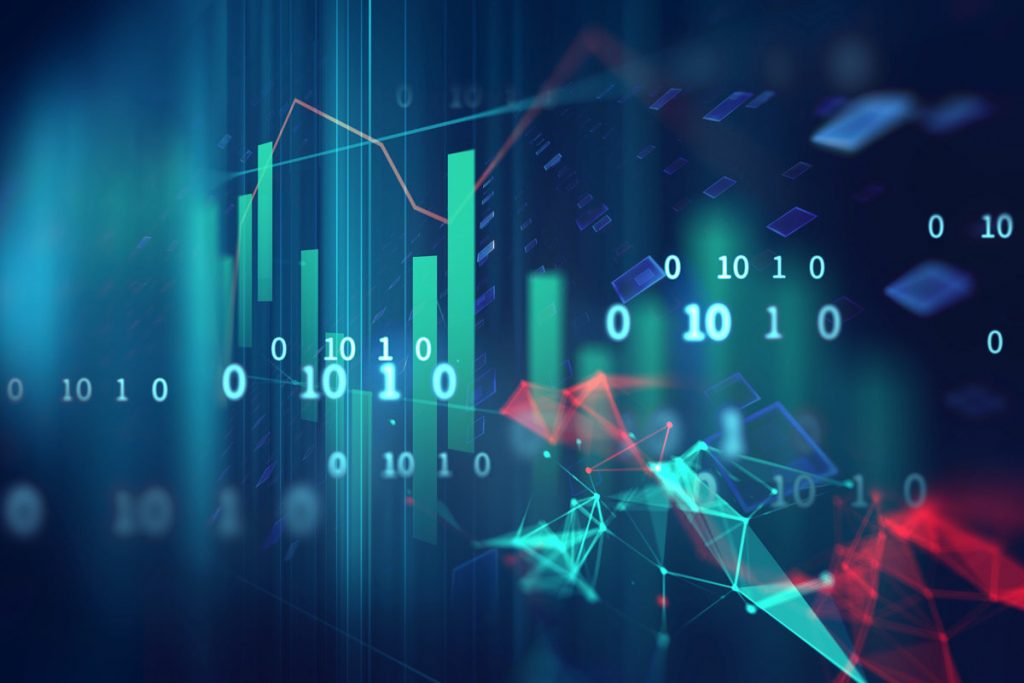
Improving demand forecasting in the age of AI is one of the most promising applications for any supply chain. Wondering why? As much as it seems difficult, here’s a clear explanation that will get the facts straight.
The importance of demand forecasting
• The term ‘demand forecasting’ clearly means forecasting demand.
• The purpose of demand forecasting is to optimize processes, reduce costs, and avoid losses due to many reasons like freezing up of cash in stock or being unable to process orders because of being out of stock.
• Demand Forecasting helps a company in satisfying demands without overstocking, i.e, supply chain optimization. It manages and estimates costs easily.
• Demand Forecasting is customer-centric. It acknowledges the interests of customers, only to make accurate predictions for sales of a company.
The importance of AI in demand forecasting
For a long time organizations have relied on manual forecasting but since times are changing and innovation comes along, AI is starting to hold its grip around demand forecasting.
• Using AI for demand forecasting is more reliable because it keeps an eye out for all major and minor variables that affect sales.
• Since the goals of AI include reasoning, knowledge representation, planning, learning, natural language processing, perception, and the ability to move and manipulate objects, it has a lot of power to bring constructive changes throughout the supply chain by predicting demand accurately.
• With its cognitive functions, AI uses its machine intelligence to find idle demand forecasting for the success of an organization.
How is Demand Forecasting implemented in the age of AI?
Now that we know the importance of both, demand forecasting and AI, it’s time we discussed the implementation of demand forecasting in the age of AI. These two form a great mix together and can achieve remarkable results for any supply chain management. Here’s how:
Accuracy in Demand
For any company, demand forecasting needs to be accurate at both the product family and individual SKU levels. This is the reason why we cannot rely on the manual collection of data.
AI-powered forecasting can reduce errors by nearly 30 to 50% in supply chain networks. This is because it is focused on collecting and storing data continuously and that is what makes it more reliable at making accurate demand predictions. The improved accuracy leads to a nearly 65% reduction in lost sales due to inventory out-of-stock situations and a 10 to 40% reduction in warehousing costs. It also keeps focusing on internal and external data which is not always the case in manual forecasting of demand.
Real-Time Solutions
AI works in real-time. This is a huge plus for any supply chain because planning material flow routes and adjusting volumes in times like a weather change or any other unexpected situation becomes easier with AI. With the continuous flow of data in real-time, AI finds out the best solutions for all complicated situations in no time.
Data
Historical sales data, even when combined with seasonal data, is no longer enough to forecast demand. AI-enabled technology predicts sales and drives enhanced forecasts based on real-time data using internal and external influencers like demographics, weather, the performance of similar items, and online & social media reviews.
Productivity
• With a larger focus on automation, employee productivity increases. Employees shift from managing monotonous tasks to complex tasks in order to bring forward solutions for untouched and unresolved issues.
• An accurate demand prediction also paves way for cost reduction by enabling lower inventory levels across the supply chain.
• AI, along with ML, identifies and corrects data errors and risks of the supply chain, using progressive analysis. It plans logistics efficiently and notifies all users of potential pitfalls.
• Demand Forecasting goes beyond mere forecasting to optimize procurement, inventory, warehousing, shipping, and pricing, thus yielding productivity.
In small businesses, humans handle all demand forecasting. But, when the scale of business and the number of goods increases, handling demand forecasting can become impossible. This is where AI becomes proficient.
For more trends and updates, follow us on Facebook, Twitter, and LinkedIn.